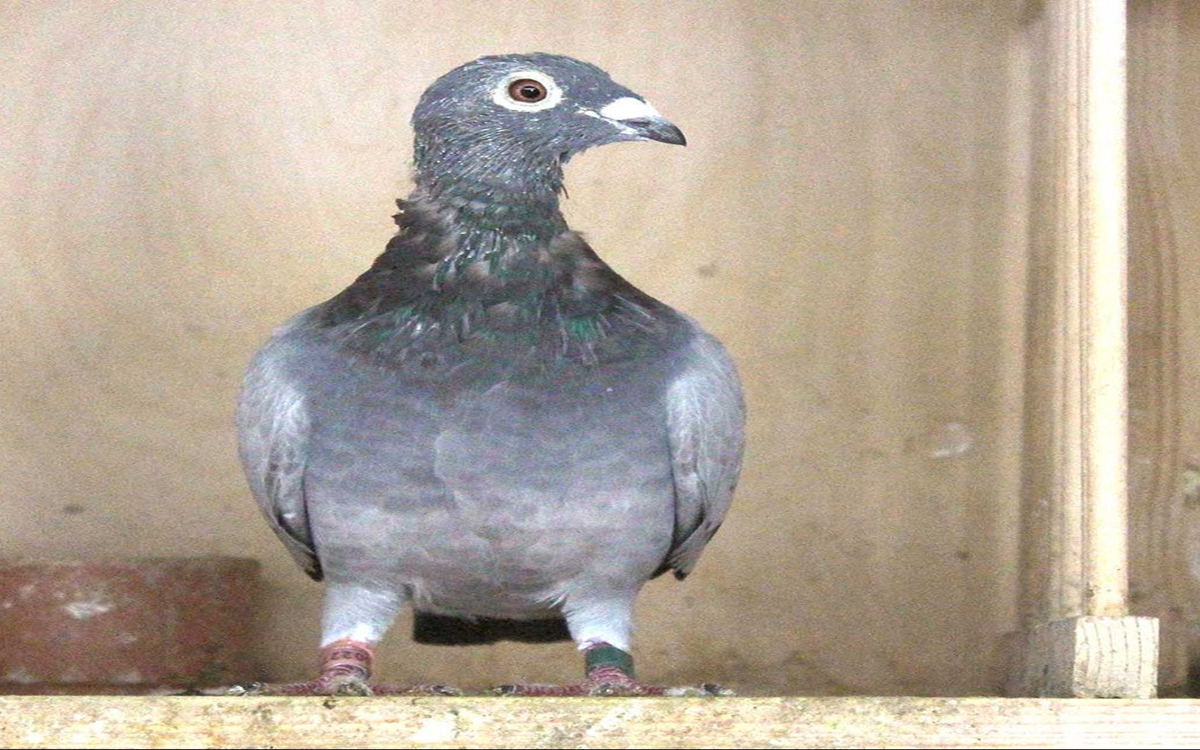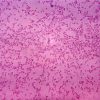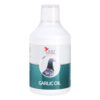
Uneven Molting in Racing Pigeons Causes, Effects & Proven Solutions
If you’ve ever looked at your racing pigeons during molt season and noticed patchy feathers, poor insulation, or sluggish behavior, you’re not alone. Uneven molting is a common yet often misunderstood issue among fanciers—and if left unchecked, it can seriously affect a bird’s flight performance, overall health, and next season’s readiness.
In this blog post, we’ll break down what causes uneven molting in racing pigeons, what signs to watch for, and how to manage it effectively with smart nutrition, targeted supplementation, and environmental control.
What Is Molting in Racing Pigeons?
Molting is a natural, annual process where pigeons shed and regrow their feathers. It typically occurs after the racing season, giving the birds time to regenerate a strong, aerodynamic feather coat before the next campaign.
The ideal molt is:
-
Even and symmetrical
-
Completed within a set timeframe (usually 2–3 months)
-
Supported by a healthy metabolism and nutrient intake
But sometimes, the process doesn’t go as planned.
What Is Uneven Molting?
Uneven molting refers to disrupted or irregular feather replacement, where feathers drop unevenly or grow back slowly, patchy, or distorted. This condition compromises:
-
Flight capability
-
Heat regulation
-
Waterproofing
-
Aerodynamics in competition
In essence, if your birds don’t molt properly, they won’t race properly.
Why Uneven Molting Happens
1. Stress
Stress is the number one enemy of a smooth molt. Racing pigeons are sensitive to:
-
Overcrowding in the loft
-
Sudden weather changes
-
Predators or noise
-
Frequent handling during molt
-
Health issues like infections or parasites
When pigeons are under stress, their hormonal balance shifts, and molt can either accelerate irregularly or slow down altogether.
2. Poor Nutrition
Molting is nutritionally demanding. Feathers are made of over 90% protein, primarily keratin. During the molt, your bird’s body requires more:
-
Amino acids (especially methionine and cysteine)
A diet low in these nutrients causes:
-
Brittle or dull feathers
-
Incomplete feather growth
-
Poor feather structure
3. Underlying Health Issues
If a bird is fighting infection, parasites, or gut imbalance, nutrient absorption suffers. Conditions such as:
all compete with the bird’s energy and nutrients, delaying or distorting molting.
Signs of Uneven or Poor Molting
Uneven molting isn’t always obvious at first glance, but keep a close eye for these red flags:
-
Feathers drop inconsistently across the body
-
Flight feathers grow in shorter or at odd angles
-
Dull or frayed feather tips
-
Patches of missing down with delayed regrowth
-
Lethargy and lowered appetite
-
Increased vulnerability to cold and drafts
-
Reduced enthusiasm or poor flight training sessions
If multiple birds in your loft show these symptoms, the issue is likely systemic, not isolated.
The Consequences of Ignoring Uneven Molting
Uneven molting isn’t just cosmetic—it has serious implications:
-
Compromised flight ability due to aerodynamic imbalance
-
Weakened immune system and susceptibility to illness
-
Poor insulation during colder months
-
Reduced race performance or longer recovery times
-
Feather plucking in extreme stress cases
For breeders, it also affects genetic evaluation, since feather quality is often hereditary.
How to Support Healthy, Even Molting in Racing Pigeons
The good news is that uneven molting is manageable—and often reversible—with the right approach. Here’s your step-by-step strategy:
Step 1: Provide a Specialized Molting Diet
Molting requires more protein and trace minerals than the rest of the year. Choose or prepare a feed mix that includes:
High-protein grains and legumes
-
Peas, vetch, lentils
Oil-rich seeds
-
Safflower, hemp, sunflower (in moderation)
Molting pellets or added amino acids
-
Especially methionine and lysine
Trace minerals
-
Zinc, copper, manganese
Pro Tip: Feed a molting-specific blend from the end of the racing season and continue for 8–10 weeks.
Step 2: Supplement With B-Complex Vitamins
B-complex vitamins are essential during molt. They support:
-
Feather production
-
Energy metabolism
-
Stress resilience
PHP B-Vitamin Boost or other pigeon-specific B-complex supplements should be added 3–4 times per week during peak molting.
Step 3: Reduce Environmental Stress
A peaceful environment allows birds to focus their energy on molting. Consider:
-
Minimizing loft traffic and handling
-
Keeping a stable loft temperature (avoid sudden drops)
-
Providing adequate space and perches to prevent fights
-
Using visual barriers if certain birds are aggressive
Introduce mild natural calmers like oregano oil or apple cider vinegar in water 1–2 times weekly to support gut health and calm behavior.
Step 4: Address Underlying Health Conditions
Test and treat for parasites, infections, or gut issues before or during molt. Focus on:
-
Ivermectin for mites and lice
-
Toltrazuril for coccidiosis
-
Ronidazole for trichomoniasis
-
Probiotics post-treatment to restore gut balance
Get a vet check or fecal exam at the beginning of the molt to be sure nothing is quietly undermining your plan.
Step 5: Regular Loft Hygiene
Dust, feathers, and ammonia buildup in the loft can irritate skin and feathers. Clean weekly and:
-
Replace bedding often
-
Disinfect with pigeon-safe sprays
-
Improve airflow and ventilation
Clean birds = happy molt.
Bonus Tip: Watch the Timing
Molting generally starts at the end of the racing season (late summer) and lasts 8–12 weeks. If a bird starts molting too early or takes too long to finish, it could indicate deeper issues.
Always note:
-
When molt starts
-
Whether the wing feathers drop symmetrically
-
If there’s a sudden pause or slowdown
Use this data to fine-tune your feeding and care schedule next year.
Summary: Your Checklist for Even, Healthy Molting
Here’s your go-to checklist for managing molting in racing pigeons:
Feed a protein-rich, molting-specific grain mix
Supplement with B-complex vitamins 3–4x/week
Treat underlying infections and parasites early
Minimize loft stress and provide space
Keep loft clean and well-ventilated
Use feather-building supplements like methionine and trace minerals
Final Thoughts
Uneven molting is more than just an eyesore—it’s a warning sign. When your racing pigeons don’t molt correctly, they can’t compete at their best. But with the right nutrition, supplements, and stress management, your birds will molt smoothly, recover quickly, and be ready to dominate next season.
Looking for premium molting support? Check out PHP Molting Boost, a scientifically balanced supplement packed with B-complex vitamins, trace minerals, and feather-repairing nutrients.


